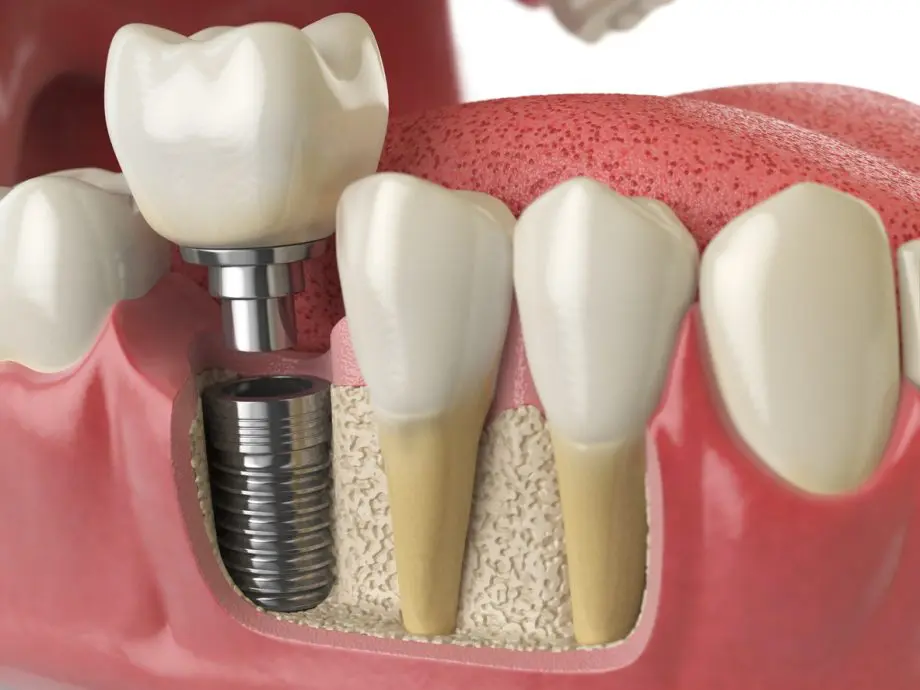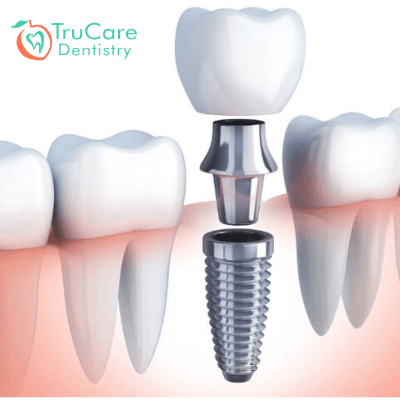Dental Teeth Implants Norton Shores MI - What are dental Implants?
Dental Teeth Implants Norton Shores MI - What are dental Implants?
Blog Article
Dental Implant And Bridges Muskegon MI - Dental Implants Tooth Replacement
The journey towards dental implants begins with a radical assessment of the jawbone's condition. When there could be insufficient bone density to assist an implant, bone grafting turns into get redirected here a vital procedure to recreate a steady basis. Understanding how a lot bone grafting is needed for dental Get More Information implants tremendously influences the treatment plan, timeline, and general success rate.
The amount of bone grafting required is dependent upon multiple factors, together with the extent of bone loss, the implant's dimension, and the precise location throughout the mouth. In circumstances of significant bone loss due to periodontal illnesses, trauma, or extended tooth loss, more in depth grafting could also be essential. Conversely, if the bone loss is minimal, a smaller graft might suffice.
Denture Dental Implants Walker MI - Dental Implants: Tooth Replacement Solution
The evaluation process usually involves imaging studies corresponding to X-rays or 3D scans, permitting the dental skilled to visualize the bone structure (Implants Dental Near Me Grand Haven MI). These photographs assist in determining the standard and amount of existing bone. If the bone is deemed insufficient, the dentist will then define the appropriate grafting procedures
Grafting may be sourced from numerous areas. Autografts, which involve harvesting bone from the affected person's own body, are sometimes deemed the gold commonplace. These provide wonderful integration with the existing bone however come with the drawback of further surgery. Other options include allografts, which use donor bone, and artificial supplies designed to mimic natural bone. Each possibility has its own implications on therapeutic and success charges.
After figuring out the necessary quantity of bone grafting, the dental skilled will create a tailored plan for the affected person. This plan could include the timing of bone grafting in relation to the implant placement. In some circumstances, a graft could be carried out concurrently with the implant surgery. Alternatively, in more sophisticated scenarios, a separate healing interval is indicated.
Healing timelines differ primarily based on the person's health, the extent of grafting, and the sort of graft used. Generally, the healing of a bone graft takes several months before an implant may be placed. During this time, bone regeneration occurs, resulting in a stable base for the implant.
Dental Implant Muskegon Heights MI - Dental Implants - Benefits, Types, Cost
Patients often wonder in regards to the risks associated with bone grafting. While issues corresponding to infection or graft failure are attainable, these events are comparatively rare. Adhering to post-operative care directions and attending follow-up appointments reduce risks and promote therapeutic.
Once the bone has adequately healed, the dentist assesses the graft's success by evaluating the bone density and stability. If everything seems favorable, the subsequent steps toward placing the dental implant can commence. The success of this next step largely hinges on the standard of the bone graft and its integration with the encompassing bone.
Cost concerns play an necessary function within the decision-making course of. The expense of bone grafting varies primarily based on supplies used, the complexity of the case, and geographic location. It is important for sufferers to discuss finances upfront to avoid sudden bills later within the therapy.
Implants Dental Implants Walker MI - Dental Implants - Top Oral Surgeon
Also, patients ought to have realistic expectations regarding the timeline and outcomes. Many elements can affect how much bone grafting is required and its overall effectiveness. A collaborative strategy involving the patient and the dental group not solely ensures clarity but in addition enhances the possibilities of a successful end result.

Maintaining good oral hygiene and common dental visits following the process is vital. These practices can prevent problems and ensure that both the graft and the implant stay stable over time. The ongoing relationship with a dental professional is essential, especially within the months following the procedures.
In conclusion, understanding how much bone grafting is required for dental implants encompasses a multi-faceted approach that considers bone quality, grafting types, therapeutic time, and total patient health. The stability between achieving the desired aesthetic and practical outcomes while minimizing risks and problems is on the heart of dental implant procedures. The journey could also be intensive, but a well-planned method maximizes the chances for a successful, long-lasting end in restorative dental work.
- Determining the quantity of bone grafting required for dental implants often hinges on the initial bone density and quantity of the affected person's jawbone.
- Each affected person's case is unique; components such as previous extractions, periodontal disease, or trauma can affect the necessity for grafting.
- A 3D imaging scan is typically carried out to evaluate the exact dimensions of the available bone and inform the grafting strategy.
- The sort of dental implant placement—immediate or delayed—may dictate the quantity of bone grafting essential for stability and integration.
- Different types of graft materials, similar to autografts, allografts, or artificial choices, can impression how a lot grafting material is needed.
- Assessing the affected person's total health, age, and lifestyle habits can affect the healing process, influencing graft volume requirements.
- The depth and placement of the implant can necessitate various quantities of graft materials to safe optimal outcomes.
- Successful integration of the dental implant typically relies on enough bone density, resulting in a tailor-made grafting method for every particular person.
- Consultation with an oral surgeon will present a clearer estimate of the bone grafting wanted based on comprehensive evaluations and imaging results.
- Post-grafting healing time varies; thus, a careful analysis is crucial to find out the ultimate amount of grafting required for successful implantation.undefinedHow much bone grafting is needed for dental implants?
Dental Teeth Implants Wyoming MI - Multiple Tooth Dental Implants
What is bone grafting and why is it essential for dental implants?undefinedBone grafting is a surgical procedure that provides bone or bone-like material to the jawbone. It is important for dental implants when the existing bone is inadequate to help the implant, ensuring stability and long-term success.
How do I know if I want a bone graft for dental implants?undefinedYour dentist or oral surgeon will consider your jawbone through x-rays or 3D imaging to determine its density and quantity. If they discover that you lack sufficient bone, they may advocate a bone graft before continuing with the dental implant.
Implants Dental Procedure Muskegon MI - How Much Do Dental Implants Cost? A Price Breakdown
What factors influence the quantity of bone grafting needed?undefinedFactors include the scale and site of the implant web site, the health and density of existing bone, and individual healing capacity (Implants Dental Near Me Walker MI). These parts help the dentist determine the appropriate amount of graft material wanted
Are there various varieties of bone grafts used for dental implants?undefinedYes, there are several sorts, together with autografts (from your personal body), allografts (from a donor), xenografts (from animals), and synthetic graft materials. Each type has distinctive advantages and could be selected based on particular person affected person needs.
Denture Dental Implants Jenison MI - Dental Implants: What You Should Know
How long does the bone grafting process take?undefinedThe length varies based on the complexity of the grafting course of and the extent of the realm treated. Generally, a bone grafting procedure can take wherever from half-hour to a few hours, depending on the particular circumstances.
What is the recovery time after a bone graft for implants?undefinedRecovery times can differ, but sometimes, preliminary therapeutic would possibly take a quantity of weeks, whereas full integration of the graft with the bone can take a number of months. Your dentist will provide a personalized timeline based on your state of affairs.

Will I experience pain after the bone grafting procedure?undefinedSome discomfort is common after a bone graft, however it's usually manageable with prescribed pain treatment. Most patients report that pain diminishes significantly within a few days.
Implants Dental Procedure Muskegon MI - Dental Implants: A 5-step plan to restoring your teeth
How does bone grafting affect the overall dental implant timeline?undefinedBone grafting may extend the general timeline for receiving dental implants, because it requires a therapeutic period before implants may be positioned. This can add a number of months to the process but is crucial for a profitable implant placement.

Are there risks related to bone grafting for dental implants?undefinedLike any surgical procedure, bone grafting carries some risks, such as infection, graft failure, or problems associated to anesthesia. However, when carried out by an skilled skilled, these risks are typically low.
Can I actually have dental implants positioned instantly after a bone graft?undefinedIn many instances, dental implants cannot be placed instantly after a bone graft as a outcome of want for the graft to combine into the present bone. However, some methods, like quick loading, may enable for this beneath specific conditions. Your provider will advise you on the finest option based in your circumstances.
Report this page